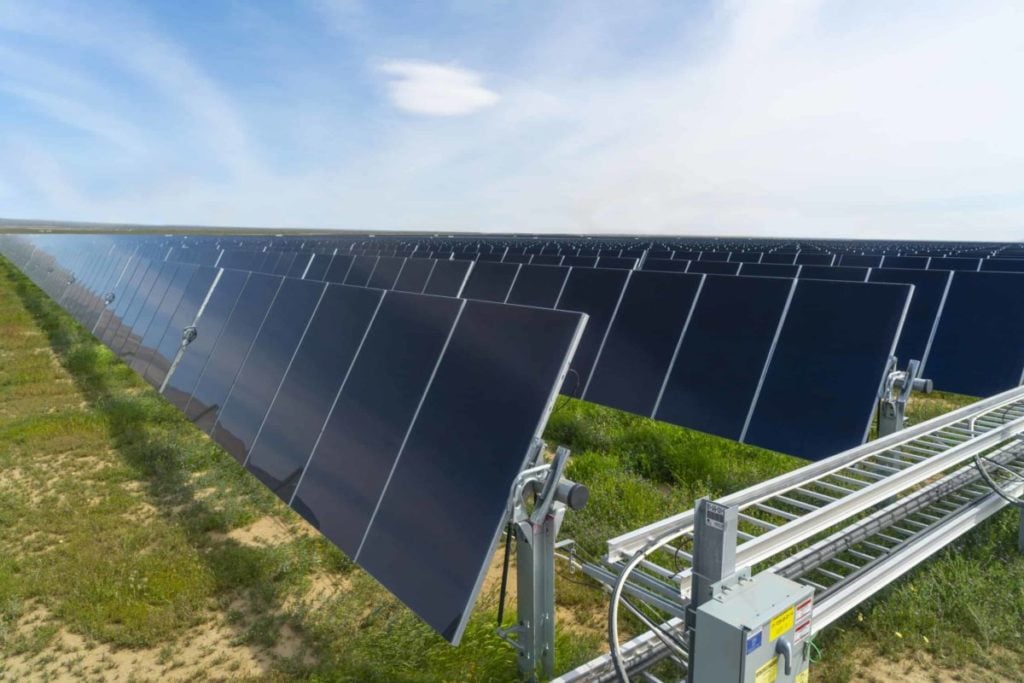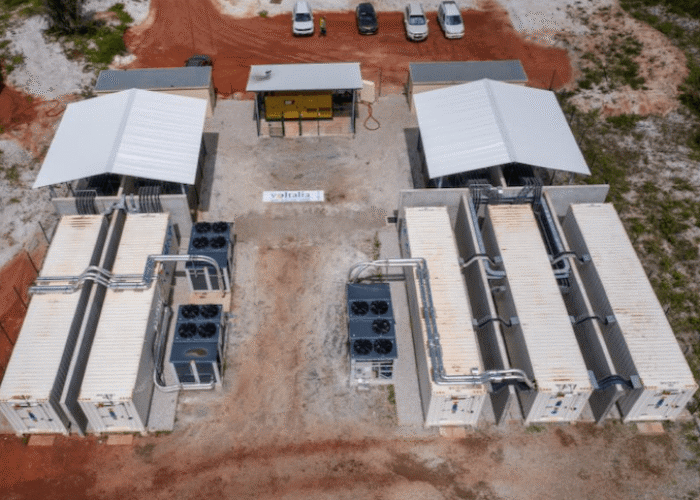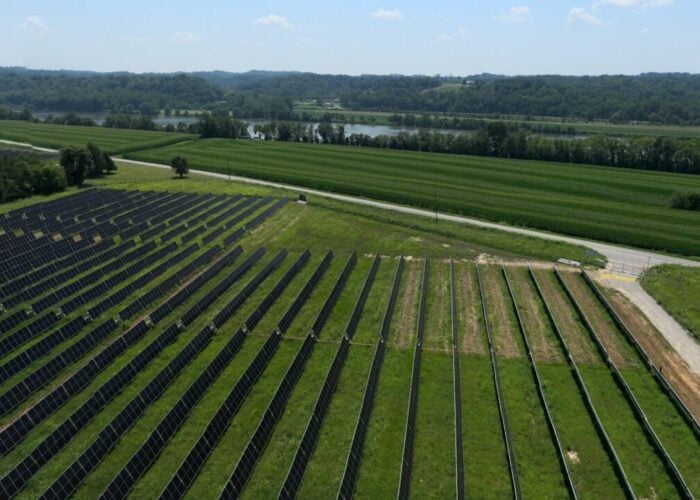
US project developers expect to add 36.4GW of new solar generation capacity in 2024, which would account for 58% of all new capacity additions in the US power sector, according to the US Energy Information Administration (EIA).
The latest edition of the EIA’s ‘Preliminary Monthly Electric Generator Inventory’, published in January and covering installation figures for the entirety of 2023, notes that the US is on track to install significantly more electricity generating capacity in 2024 than in 2023. The EIA expects the US to add 62.8GW of new capacity, a 55% increase over the 40.4GW added in 2023, and solar and battery storage projects are expected to account for 81% of this new capacity.
Try Premium for just $1
- Full premium access for the first month at only $1
- Converts to an annual rate after 30 days unless cancelled
- Cancel anytime during the trial period
Premium Benefits
- Expert industry analysis and interviews
- Digital access to PV Tech Power journal
- Exclusive event discounts
Or get the full Premium subscription right away
Or continue reading this article for free
The figures for the solar sector in particular are the most encouraging, with the EIA expecting the US to almost double the 18.4GW of new solar capacity installed in 2023. The majority of this capacity will be added in the US’ leading solar states, Texas, which is expected to account for 35% of new capacity additions; California, which will account for 10%; and Florida, which is forecast to account for 6%.
These states are ranked first, second and third, respectively, in terms of forecast capacity additions over the next five years by the Solar Energy Industries Association (SEIA), and the EIA’s latest figures support these forecasts, at least for the upcoming year.
Grid capacity increase of 515MW
There is also considerable variation in the capacity of solar generation expected to be added in each month, with over 5GW of new solar alone set to be added in December 2024. This is more than the total electricity generation capacity added in six of the months, and is driven by large-scale commissions, such as Renegade Renewables’ Dawn project in Texas, which the EIA expects to come online in December and add 515MW of capacity to the grid.
Other significant projects include Primergy’s Gemini solar-plus-storage project in Nevada, which is expected to come online this month, and will add 690MW of solar capacity to the grid alongside 380MW/1.4GWh of storage capacity.
The milestone project will be the largest single-site solar project in the US once it reaches commercial operation, but the majority of the forecast growth in the solar sector comes not from a few giant projects, but a vast range of smaller solar farms, that will be commissioned throughout the year. The EIA expects 470 new solar projects to come online in 2024, more than double the 220 storage facilities it expects to reach commercial operation, which is the second-largest portfolio expected to come online.
As a result, the solar industry is expected to be much broader than other electricity generation sectors in the US in 2024. While some of the largest single-site projects use other technologies – such as the 1.1GW Vogtle nuclear project in Georgia, expected to come online in March, and the Vineyard Wind facility, which is expected to add 800MW of power in October – the sheer size of the solar portfolio expected to be added in 2024 means the year will be dominated by new solar capacity additions.
The news follows a number of encouraging developments for the US solar sector, including figures that suggest that rooftop solar alone met 1.5% of the US’ total electricity demand in 2022, and industry leader Texas breaking its own daily solar generation records multiple times this year already.
Strong storage growth
Perhaps most striking among the EIA’s figures, however, is the predicted growth in battery storage capacity. The 14.3GW of new battery capacity forecast by the EIA is second only to the capacity additions in the solar sector, and the EIA expects total operational storage capacity to nearly double in 2024. The EIA also expects the 2024 capacity additions to be more than double the 6.4GW of capacity added in 2023, as the storage sector looks set for significant growth in the coming year.
While many of these projects are co-located with renewable power generation, with such projects becoming increasingly commercial viable for developers and off-takers, there is also a number of standalone storage projects helping to drive these capacity additions further.
For instance, the 200MW/400MWh Peregrine storage project in San Diego, California, will work with a number of local solar and wind projects, rather than being tied to a single power generation facility, and help the state reach its target of installing 48GW of storage capacity by 2045 to deliver a carbon-free grid.
The EIA expects this facility to come online in September, the only month of the year in which solar does not account for the majority of new capacity additions, with battery storage and wind expected to account for the same volume of electricity generation capacity.






